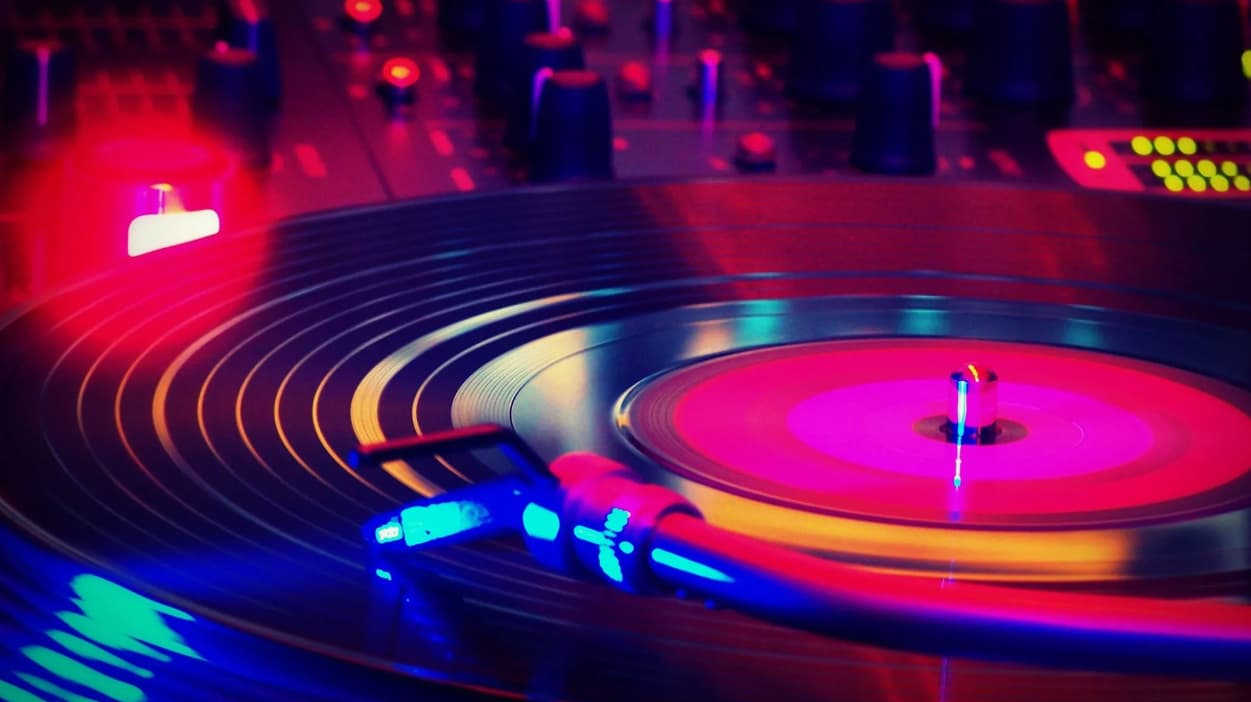Dance music encompasses a plethora of subgenres, each offering its unique blend of beats, rhythms, and melodies, igniting a lively atmosphere that encourages movement and self-expression at events and gatherings.
What Is The Genre?
Originating in European countries during the mid-20th century, dance music, also known as urban dance, has evolved into a global phenomenon with various styles and subgenres. From early mixtapes to contemporary club scenes, dance music has undergone a remarkable transformation, catering to diverse tastes and preferences.

Characteristics of Dance Music
Formerly confined to clubs and nightclubs, dance music now enjoys widespread popularity, finding its way into radio stations and classrooms worldwide.
Characterized by its heavy electronic elements, including drums and synthesizers, dance music exudes non-stop energy, featuring repetitive beats and driving rhythms that captivate listeners and transport them into a hypnotic trance.
Conclusion
The dance genre brims with artistic possibilities, offering a dynamic platform for expressing innovative ideas through music. Defined by its sharpness, energy, and pulsating rhythms, dance music captivates audiences with its rich melodic patterns and intricate nuances, making it a captivating and multifaceted musical style.

